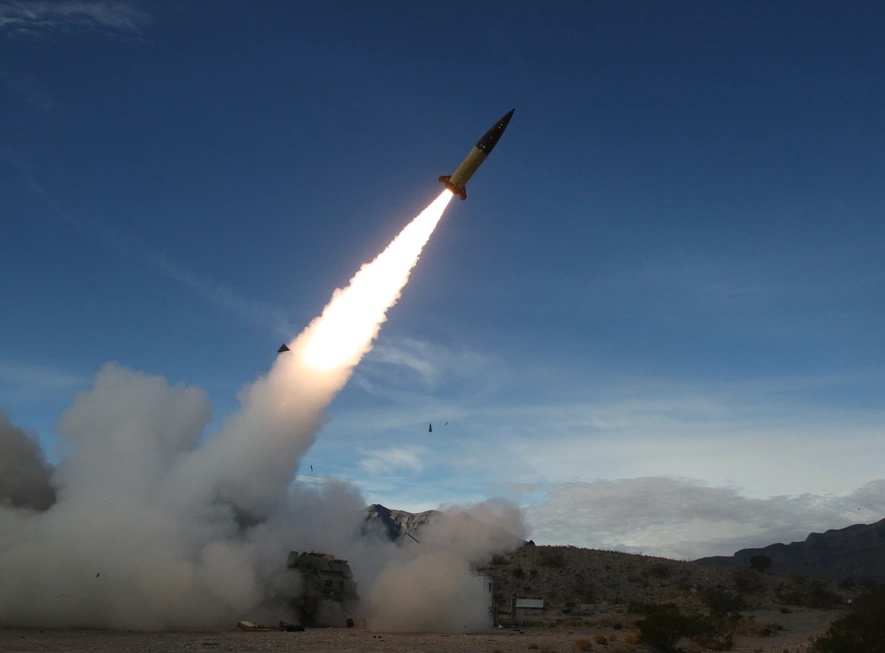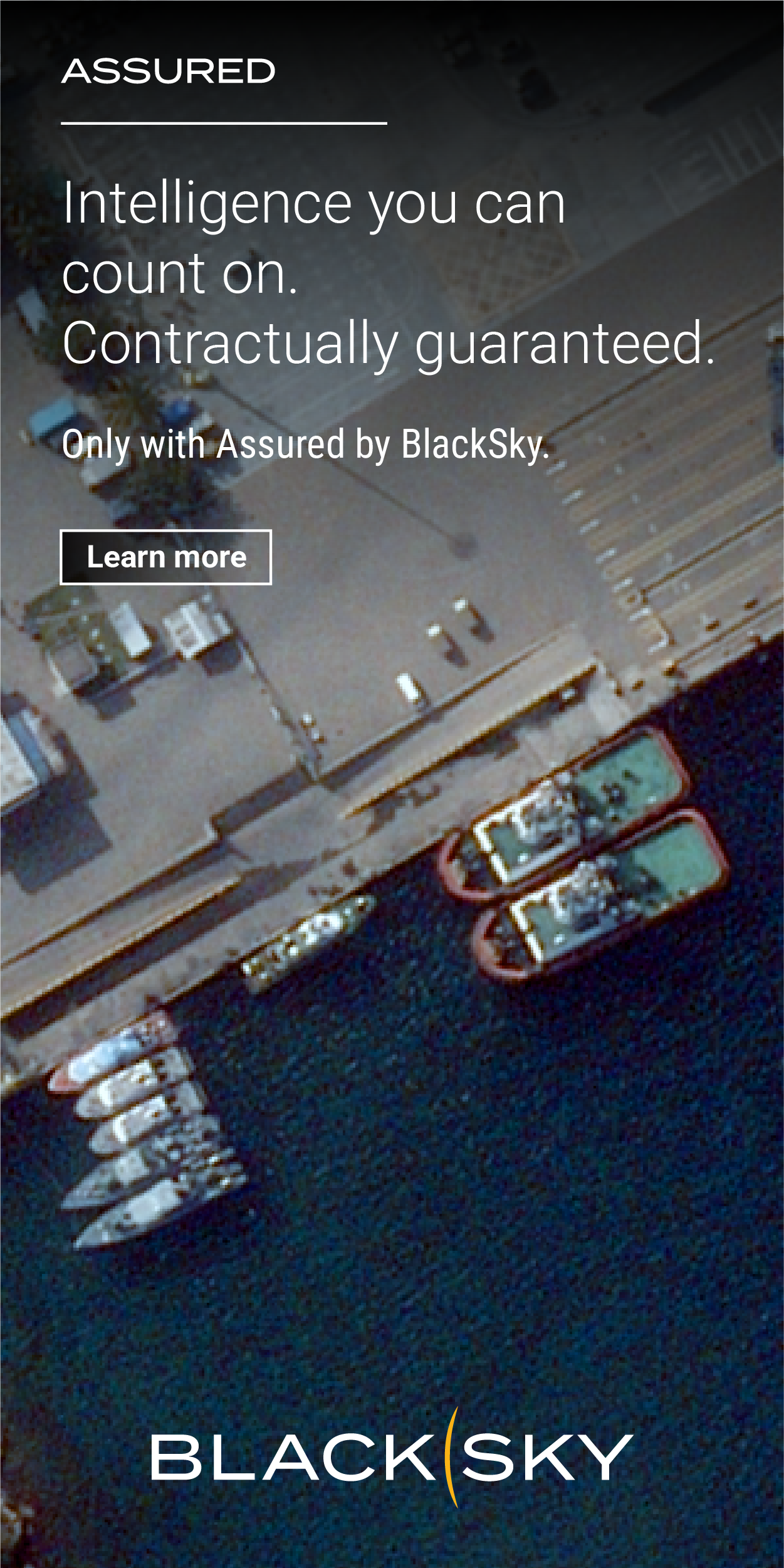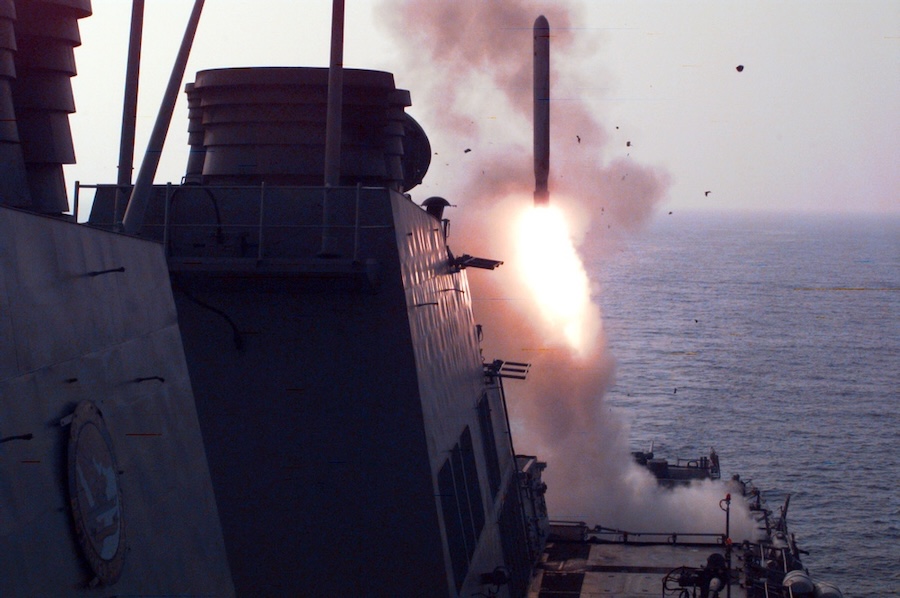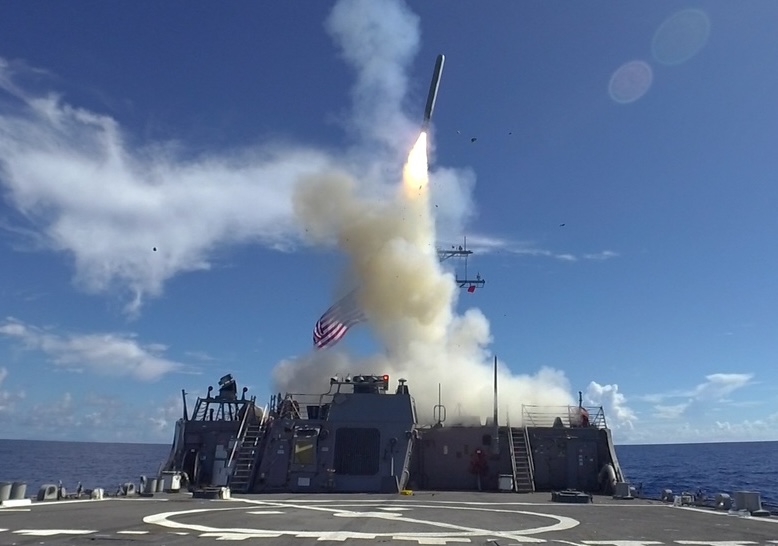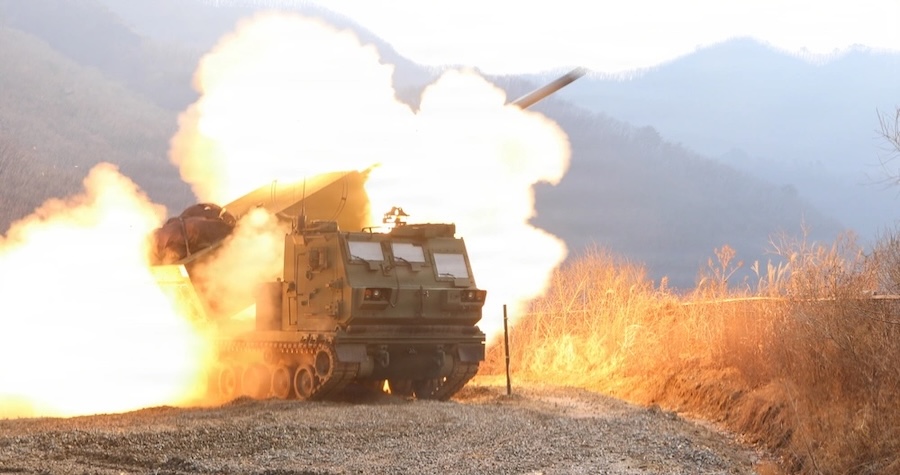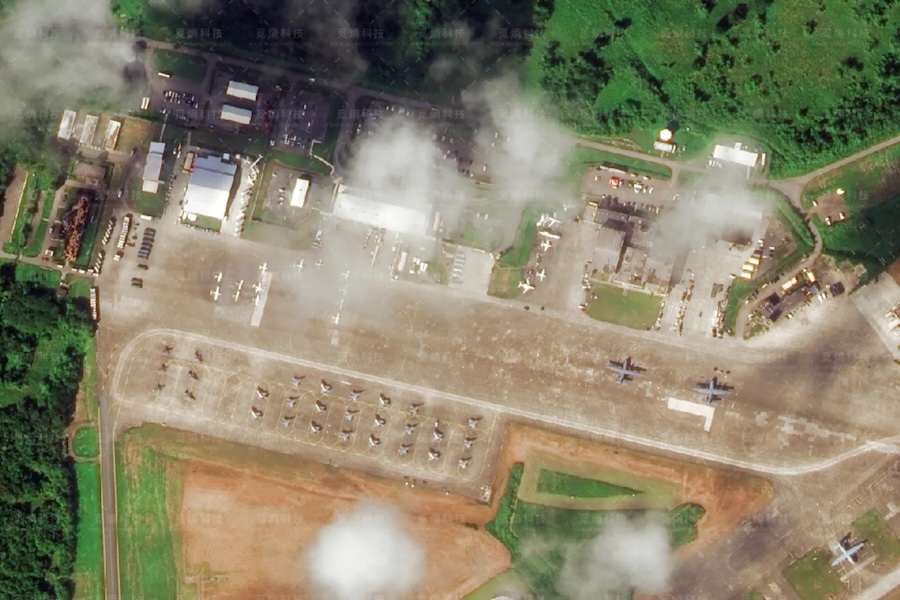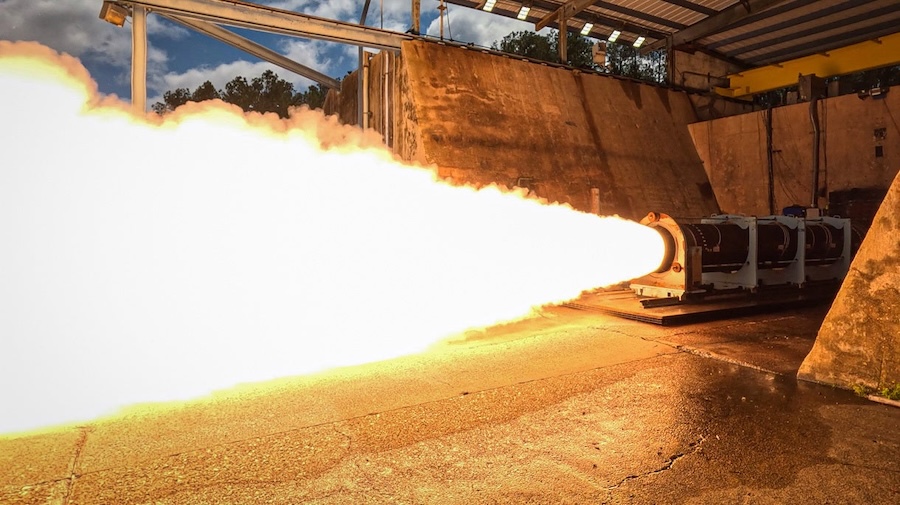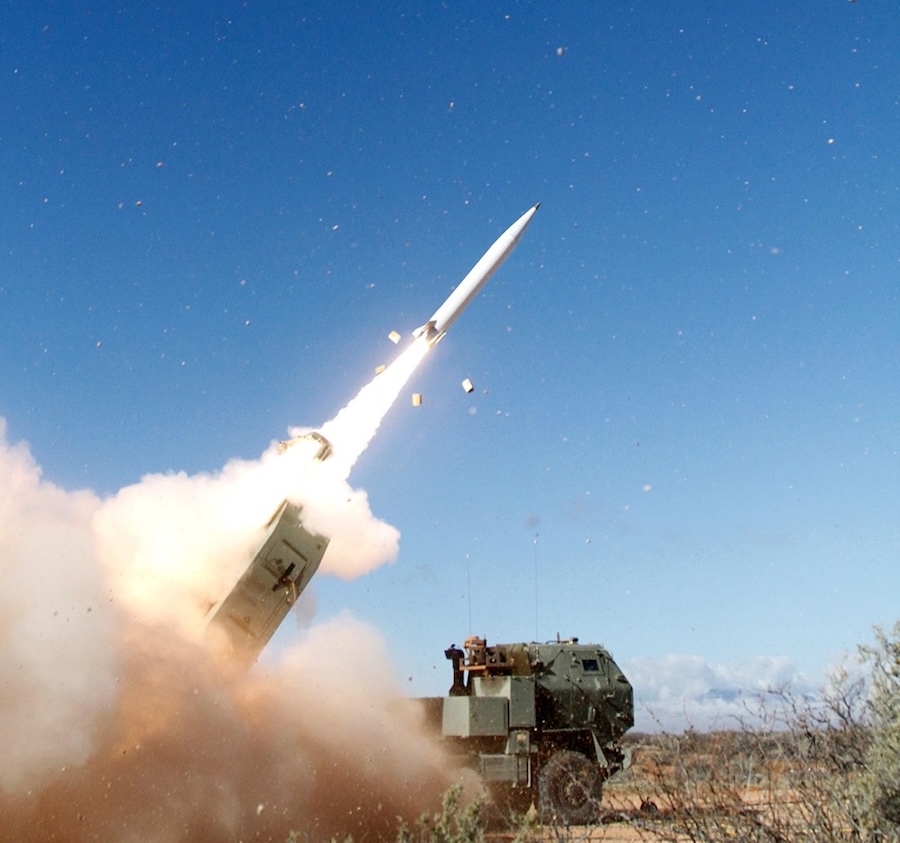The MOD yesterday published a request for information (RFI), outlining technical requirements and opening an “early engagement” phase to gauge industry interest before a procurement decision. According to the ministry, “The User requires a cost-effective, tactical (>600km) ballistic missile, capable of being safely ground launched from a mobile platform in a high threat tactical environment, navigating to and accurately striking a user-programmed co-ordinate.”
With its planned range, NIGHTFALL would outrange the U.S.-made ATACMS missile, which reaches 300 kilometres, and align more closely with the U.S. Army’s Precision Strike Missile (PrSM), which aims to extend from 500 to 1,000 kilometres. This places the British requirement firmly within the short-range ballistic missile class, defined as 300 to 1,000 kilometres.
Each launcher must be able to deliver at least two effectors, each carrying a 300kg high-explosive payload over a 600km trajectory, with limited manoeuvrability. The MOD confirms that “the effector must be able to navigate in a GPS denied environment and strike within 5m of a provided GPS co-ordinate 50% of the time i.e. have a CEP50 of 5m.” There is no mention of alternative warhead types.
The missile must reach targets within ten minutes of launch, with all effectors fired from the same mobile platform within 15 minutes of arrival at a site. The launcher, designed to operate in high-threat environments, is expected to have a low multispectral signature to avoid detection and to vacate its firing position within five minutes of launch.
Requirements also highlight resilience against electronic warfare, including jamming, spoofing and GNSS denial, reflecting lessons from Ukraine, where Russian forces have frequently disrupted GPS-reliant weapons. This focus underscores Western interest in ensuring guided munitions remain effective under heavy electronic interference.
The MOD has set a target unit cost of £500,000 per effector, excluding the warhead, launcher and development expenses. It requires at least five units to be ready for trials within 9–12 months, with scalable production capable of at least ten units per month under future contracts. “Subject to potential future contract, manufacturing shall be scalable to meet operational requirements at a minimum of 10 units per month, with the ability to further increase,” the ministry stated.
Future growth options, including longer ranges, greater accuracy, quasi-ballistic flight paths and in-flight manoeuvrability, are central to the design. By demanding freedom from foreign export restrictions, the UK also seeks to ensure sovereign control over the system’s deployment and upgrades.



